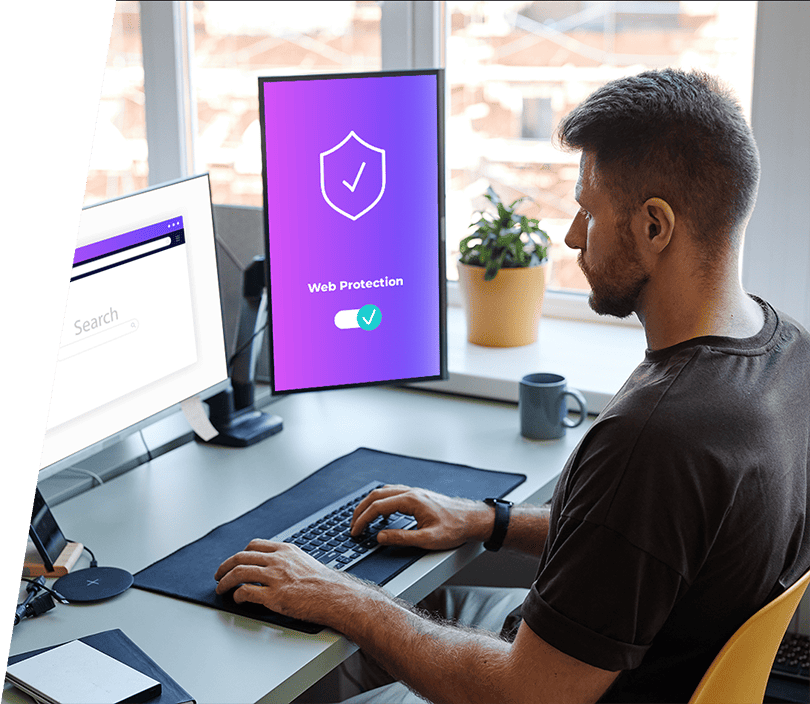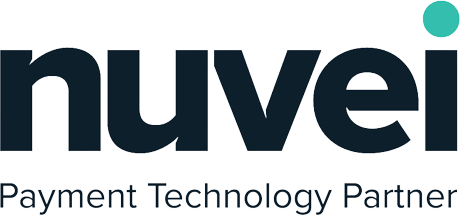Client Side Security
Protect Against 3rd Party Formjacking Threats

Go Beyond Legacy Solutions
We at GlobalDots hunt for the most cutting edge and relevant technologies out there.
Once tested and found qualified we bring you the most certified innovative products out there for every pressing use case.

Your Benefits
Defend yourself from malicious code originating in client-side resources, compromising both 1st and 3rd party scripts. Gain targeted insight to quickly mitigate compromised scripts and update policy controls to stop zero-day attacks.

Harmful code can go undetected for days, weeks, or even months while continuing to steal sensitive user information. Gain unmatched visibility into vulnerabilities and attacks from 1st and 3rd party scripts running on your website.

 PII Data Assurance
PII Data Assurance
Having a client side security solution deployed reduces the risk of hackers stealing PII (Personal Identifiable Information) from your end-users using formjacking or web skimming techniques. Keep your brand trusted and your end-users data secure.

Marketing and development teams require using 3rd party tools, add-ons and scripts. Client side security solution allows using such tools while preventing vulnerabilities from components outside of your control.

-
What is an example of client-side security?
Client security refers to the protective measures and strategies implemented to safeguard the client side of a network or application—typically the end-user’s environment such as web browsers, applications, and devices. Unlike server-side security, which focuses on protecting the backend infrastructure, client security deals with the components and interactions that occur on the user’s side of an interaction. Client security is critical because end-user devices and applications are often the weakest link in a security chain. Attackers commonly target the client side as it is typically less controlled than backend systems. Protecting the client side ensures that malicious actors cannot compromise user data, hijack user sessions, or inject harmful scripts into web interactions. Some key aspects are:
- Protecting User Devices: Ensures that the user’s device (e.g., desktops, laptops, mobile phones) is secure from malware, unauthorized access, or data breaches. This includes using endpoint protection tools, anti-malware software, firewalls, and secure device configurations
- Browser Security: Focuses on safeguarding web browsers, which are common vectors for client-side attacks such as cross-site scripting (XSS), cross-site request forgery (CSRF), and man-in-the-browser (MitB) attacks. Implementations like Content Security Policy (CSP), same-origin policies, and browser sandboxing are essential here.
- Application-Level Defenses: For web and mobile applications, client security includes strategies that prevent malicious activities such as code injections or data exfiltration. These measures often involve obfuscating client-side code, securing client-server communications via SSL/TLS, and leveraging web application firewalls (WAF).
- Data Protection: Ensures that data handled by the client, including any input or storage, is protected. This can include input validation, encryption of sensitive data, and protection against session hijacking.
- Security Policies and Controls: Using security headers like CSP, HTTP Strict Transport Security (HSTS), and X-Content-Type-Options helps enforce best practices and reduce vulnerabilities that attackers might exploit.
-
What is the difference between server-side and client-side security?
The difference between server-side security and client-side security lies in their focus and implementation scope within a digital environment. Both are crucial for comprehensive cybersecurity, but they target different layers of the technology stack. Server-Side Security concentrates on protecting the backend infrastructure where the core data processing, business logic, and sensitive data storage occur. This includes servers, databases, APIs, and all backend services that handle requests from client applications and it includes as technical measures:
- Firewalls and Intrusion Detection/Prevention Systems (IDS/IPS) to monitor and protect server traffic.
- Authentication and Authorization Systems (e.g., OAuth, OpenID Connect) to control user access to resources.
- Data Encryption in transit and at rest to ensure the confidentiality of stored information.
On the other hand, Client-Side Security focuses on safeguarding the user-facing part of an application or system, such as the web browser, mobile apps, and client devices. It aims to protect interactions that happen on the user’s end, where data is often rendered or interacted with. It leverages:
- Web Security Headers: Such as CSP, Strict-Transport-Security (HSTS), and X-Frame-Options to prevent code injection and clickjacking.
- Sandboxing of browser content to limit the impact of compromised or malicious code.
- Subresource Integrity (SRI) to ensure that third-party scripts have not been tampered with.
- Secure Coding Practices: Ensuring the client-side code itself does not expose vulnerabilities through improper handling of data or resources.
-
What is client-side content security policy?
Content Security Policy is a security standard used to prevent a range of attacks including cross-site scripting (XSS), clickjacking, and other code injection attacks. These types of attacks can be dangerous as they often occur when untrusted data is executed in the browser, allowing attackers to potentially steal sensitive data, hijack user sessions, or manipulate the application’s behavior. CSP mitigates client-side vulnerabilities by controlling what resources the browser can load and execute. Without CSP, attackers could potentially inject malicious scripts directly into a webpage, especially through vulnerabilities like XSS. By limiting what sources scripts, styles, or media can come from, CSP acts as an essential line of defense to maintain the integrity of client-side operations and protect user data. CSP works by specifying a set of directives that the browser should adhere to when loading content on the web page. For example:
- default-src ‘self’; ensures that only content from the same origin as the webpage can be loaded.
- script-src ‘self’ https://trusted-scripts.example.com; allows the execution of JavaScript only from the same origin and a specified, trusted external source.
- object-src ‘none’; blocks the loading of plugins such as Flash or other potentially unsafe objects.
-
What is client-side validation?
Client-side validation is the process of verifying user input on the user’s device (e.g., browser or mobile app) before it is sent to the server. This validation ensures that data entered into a form or field meets the expected format and requirements as defined by the application. It’s typically implemented using technologies such as JavaScript, HTML5 form validation attributes, or client-side frameworks. It’s a powerful tool for enhancing user experience and reducing server load by catching simple input errors early. However, for robust security, it should be used in conjunction with server-side validation to maintain comprehensive data protection and integrity. Some examples:
- Form Field Checks: Ensuring that mandatory fields are filled in before the form is submitted.
- Format Validation: Verifying that input matches specific patterns, such as email addresses, phone numbers, or passwords (e.g., ensuring a password has at least one uppercase letter, one number, etc.).
- Range Validation: Confirming that numerical values fall within an acceptable range (e.g., age between 18 and 99).
- Length Constraints: Checking that input text does not exceed a certain number of characters.
By providing quick feedback, client-side validation improves the overall user experience and reduces frustration since users do not need to wait for a server response to correct basic input errors. Users receive immediate feedback if their input is invalid, allowing them to correct errors before submitting the form. For instance, if an email input field requires an @ symbol and a user omits it, client-side validation can instantly alert the user. When simple validations (like checking required fields, email formats, or number ranges) are handled on the client side, it reduces the number of unnecessary requests sent to the server, optimizing resource usage.















